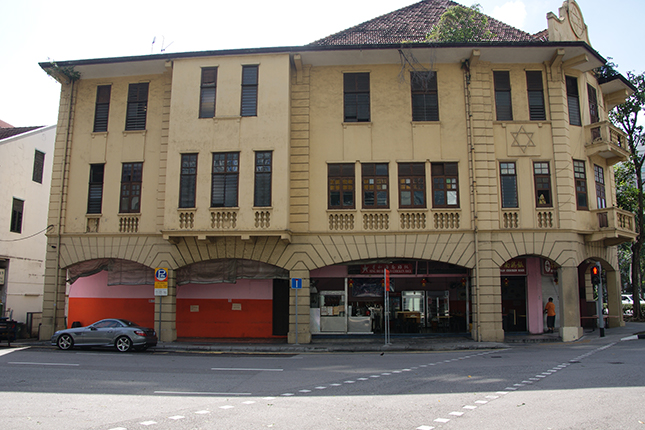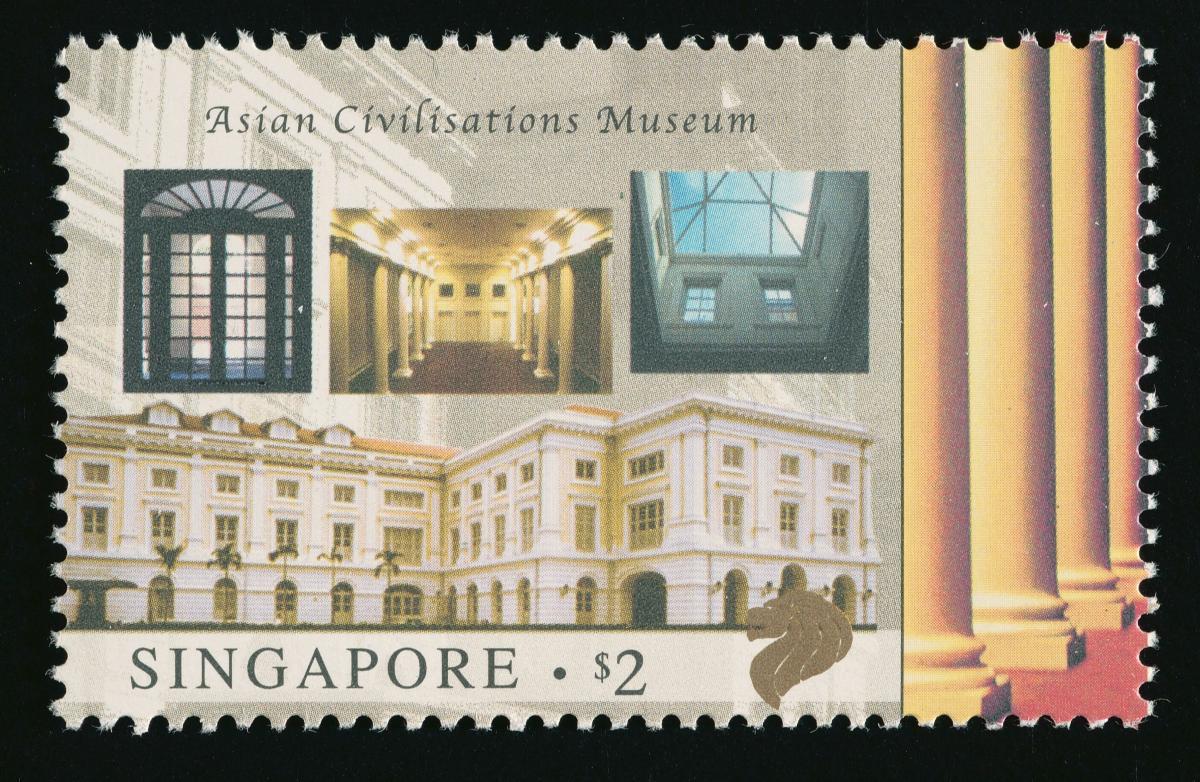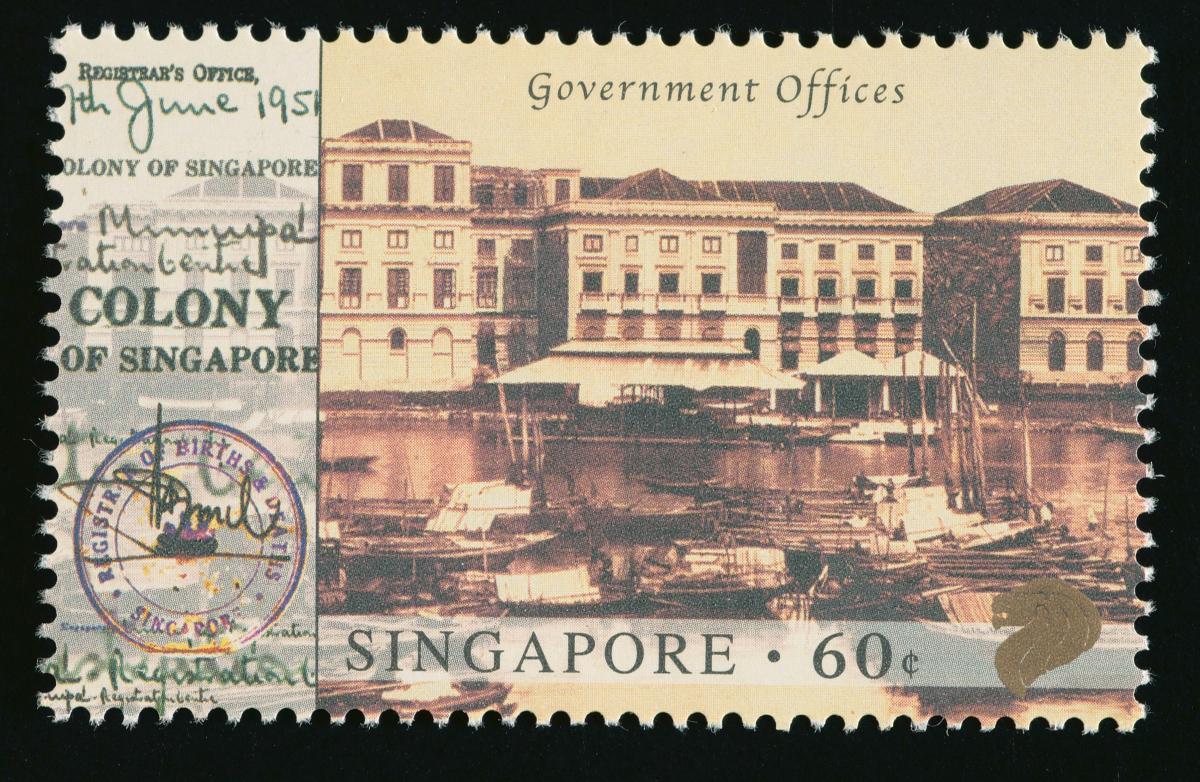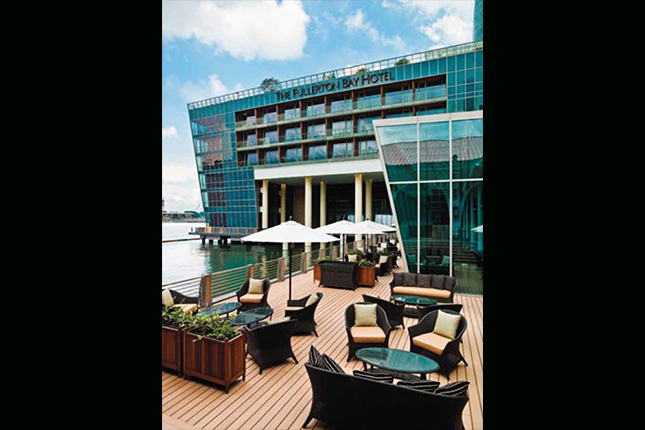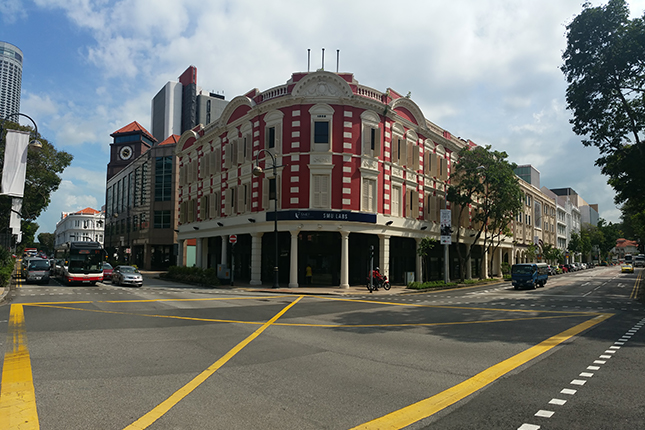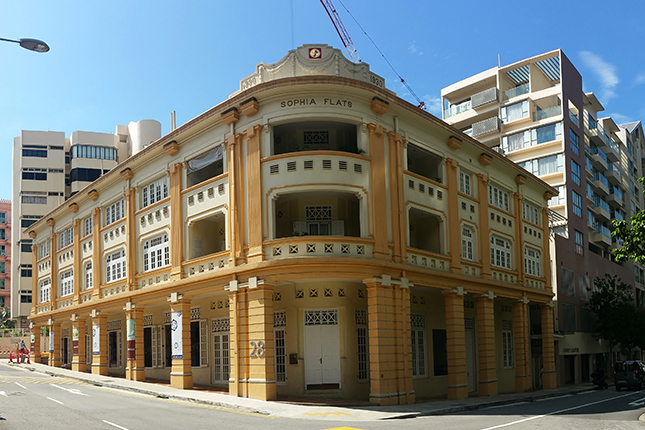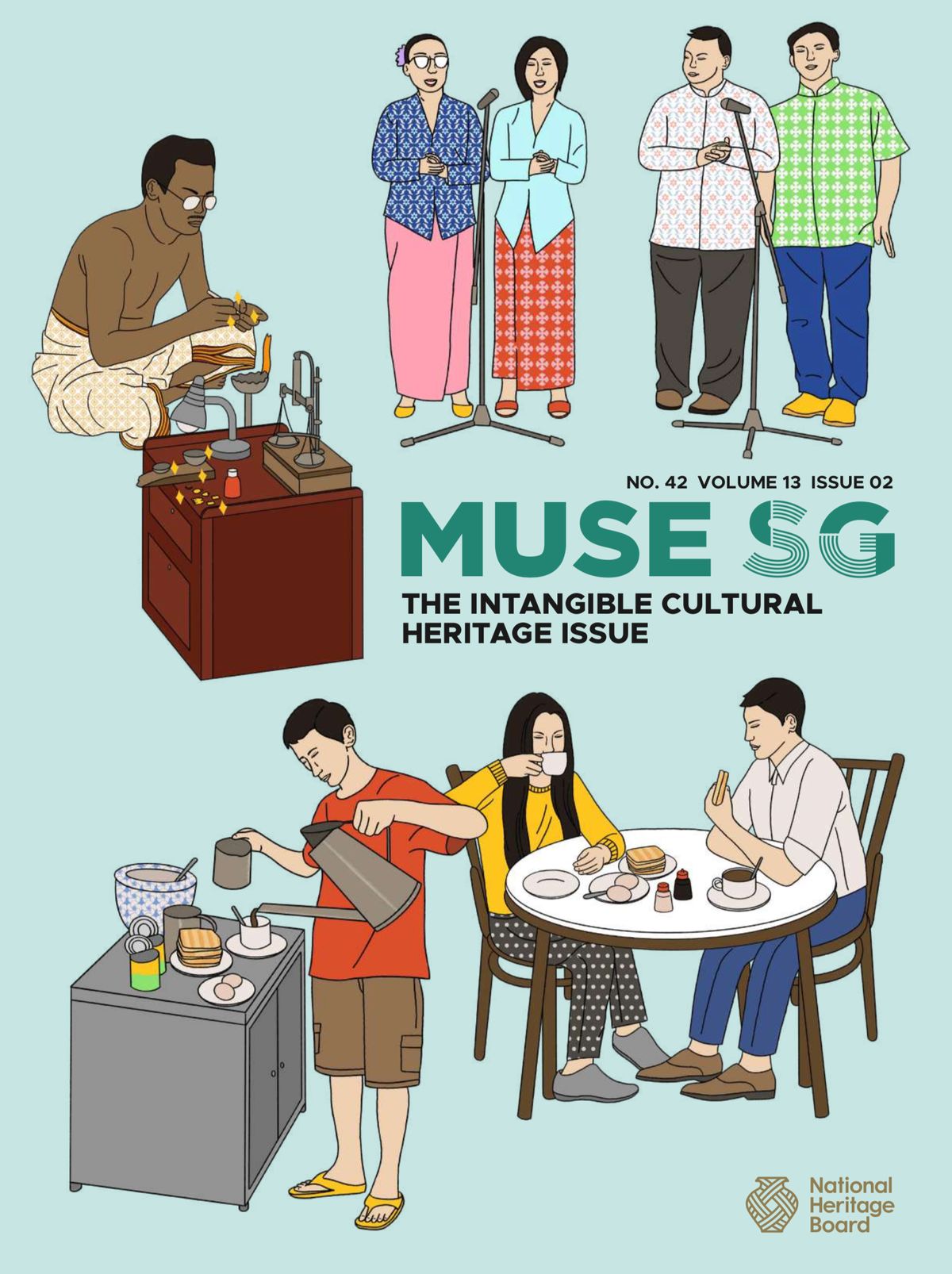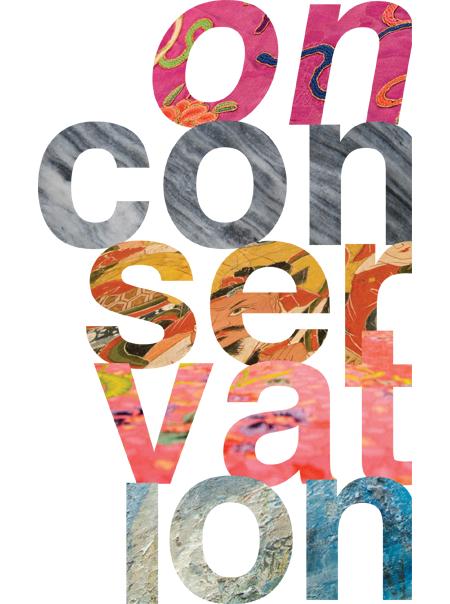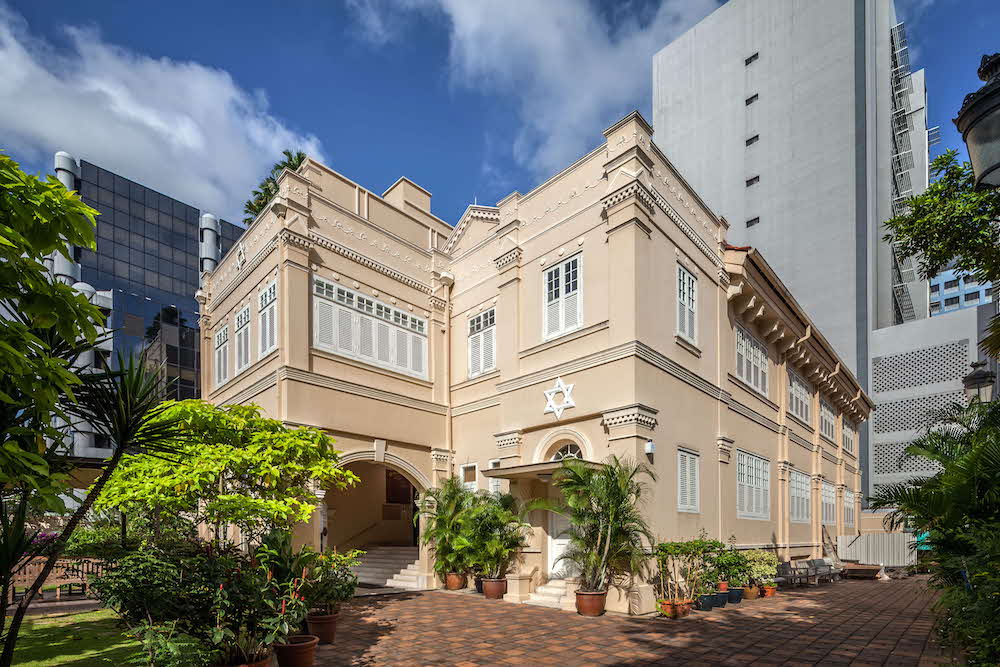Highly visible and recognisable at the corner of Short Street and Middle Road, the Elias building is an important historical and cultural marker of the Jewish community in Singapore and stands as a reminder of the area’s history.
Some of the Jews that came earlier were able to take advantage of the economic boom to make a fortune. For others, life was much tougher. Hoping to follow the footsteps of their more successful brethren, most of the new immigrants were small traders, rabbis and bakers. Many struggled to make ends meet and families living in small, cramped two-storey houses were an unfortunate reality. However, it was from these adverse conditions that many in the community, such as Jacob Ballas and Harry Elias became successful.
For many working-class Jews who settled in Singapore around the turn of the 20th century, the Mahallah was a home away from home. It was a gathering place for new immigrants, many originating from Baghdad or Calcutta, as they sought to recreate a sense of familiarity amongst this new and foreign place. Jews dressed in traditional attire were a common sight then and Arabic served as a shared language.
The Elias building stands as one of the key landmarks of the Mahallah. Built in 1928 by David J. Elias, a successful import and export Jewish merchant, the three-storey building was designed by the famous colonial architectural firm, Swan and MacLaren. The six-pointed Star of David, a symbol for Judaism, can be found on the external façade of the building, echoing the area’s history as a Jewish district.
The neoclassical architectural style, characteristic of the late 1920s, is reflected in the other elements of the building. Arches between pillars on the front and the sides of the building create a covered walkway on the ground floor. A large concrete canopy conceals the high-pitched, broad roof of the building. Details such as the ashlar embellishment on full-height pilasters and flat arches reflect the owner’s preference to the European style of architecture.
The building previously housed various offices and shops, including the offices of David. J. Elias, as well as the former Sun Sun Hotel, with a bar at the bottom, which was run by local Chinese between 1941 and 1999.
The building was gazetted for conservation in 1994.
This is a conserved building(s) by the Urban Redevelopment Authority (URA), please visit URA’s Conservation Portal for more details.
Buildings and sites featured on Roots.SG are part of our efforts to raise awareness of our heritage; a listing on Roots.SG does not imply any form of preservation or conservation status, unless it is mentioned in the article. The information in this article is valid as of May 2019 and is not intended to be an exhaustive history of the site/building.




